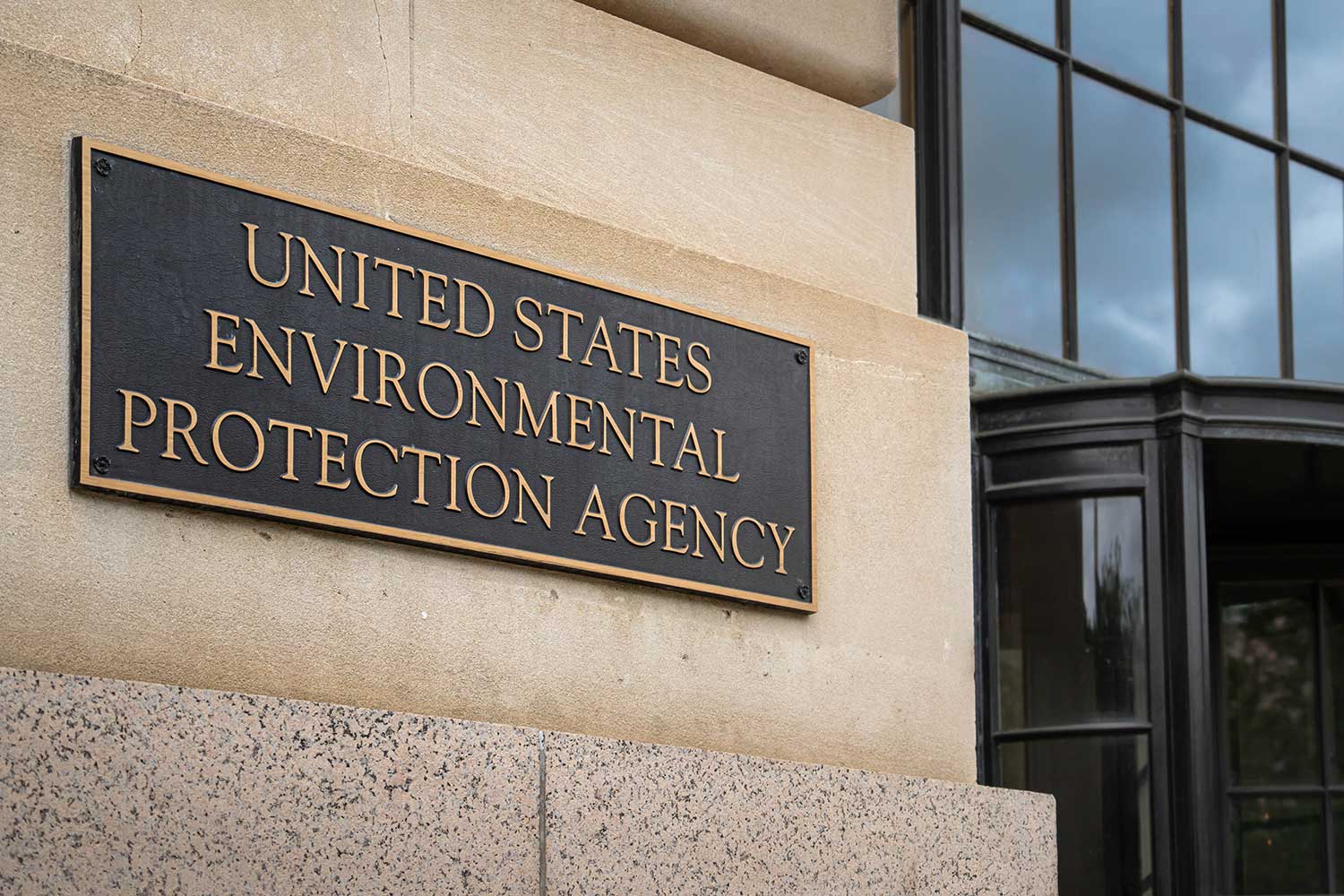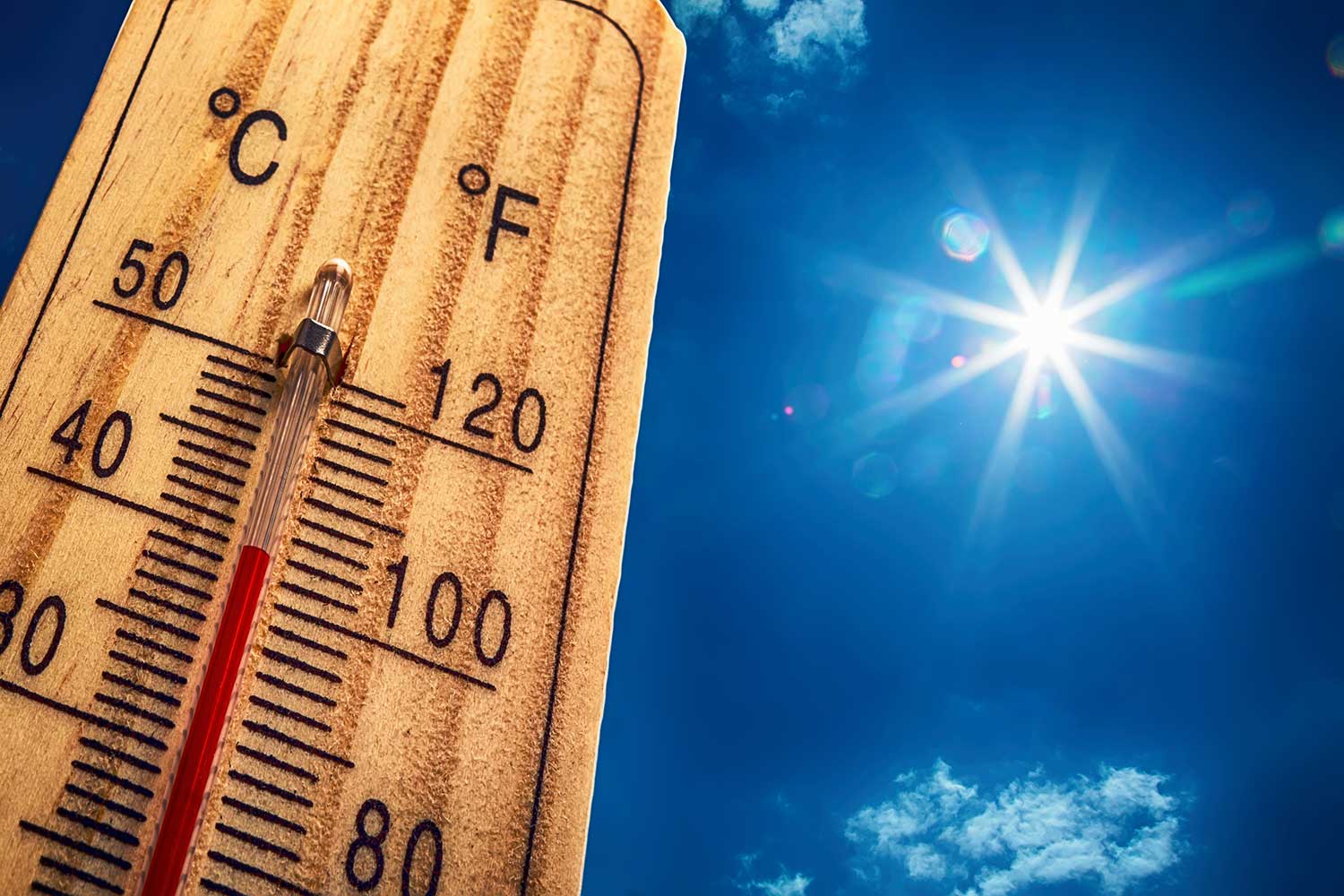Hey team, and welcome back to one5c! Expect the best, prepare for the worst. How’s that for realistic optimism? While we’re all here—dedicating even a little bit of effort every day to turning this climate mess around—the world is still warming. In some cases, dangerously so. Climate doomers are still racking up millions of YouTube views, and we’re still staring down what’s likely the most consequential election for the future of the planet.
If ever there was a time to see around corners, to think five chess-moves ahead, it’s now. We’re seeing that kind of thinking crop up more and more—this week in EPA employees moving to safeguard their ability to follow the science, and experts throwing caution flags as frackers try to cast themselves as the saviors of electrification’s mineral supply woes. —Corinne
WHAT WE’RE INTO THIS WEEK
By Shreya Agrawal

Accountability check
EPA workers get a shield against scientific meddling
Facing the possibility of a second Trump administration, workers at the EPA have bargained for a union contract that includes protections for the “scientific integrity” of their work. During his time in the White House, Trump famously meddled in scientific research with the goal of influencing policy outcomes, acts that spurred many employees at the EPA and elsewhere to quit their jobs. The new contract provision, which more than 8,000 employees at the agency signed, allows scientists to report any potential misconduct without fear of retaliation—and with the understanding that disagreements will land on the desk of a neutral third-party.
Consume this
If you can’t beat ’em, eat ’em
Looking for a new way to get your protein while avoiding carbon-intensive meats? The noisy critters scurrying across your lawn could be an option. Cicadas are one of the more appetizing options among the thousands of insects that humans consume across the globe, boasting a shrimplike texture and a flavor that’s reportedly like a cross between a chicken nugget and a sunflower seed. But while they’re a popular snack in parts of Asia, Africa, and Mexico, diners in the United States can’t seem to get past what one anthropologist calls the “Western ick” toward eating insects. The Counter, Grist’s food and ag vertical, asks: What will it take for us to get over it?
Greenwatch
When toxic by-products of fracking become valuable
A recent study in Nature found that wastewater from natural-gas fracking in Pennsylvania’s Marcellus Shale contains enough lithium to supply 40% of our domestic needs for the mineral. While the industry trade group Marcellus Shale Coalition was quick to tout the finding as an example of its ability to “enhance America’s energy, environmental and national security” in a comment to Inside Climate News, experts and the study authors say to proceed with caution. Lithium extraction from wastewater comes with lots of unanswered questions—particularly around economic feasibility and what to do with the waste, post mineral extraction. And all that’s before you consider that fossil-fuel companies could use the finding as a permission slip to keep on drillin’.
🎧 Listen to this
Japan’s nuclear dilemma
The 2011 nuclear disaster in Fukushima left a lasting mark on Japan and its power mix. The country continues to import coal and natural gas, while Kashiwazaki-Kariwa Nuclear Power Plant—the nation’s largest reactor, big enough to power more than 13 million households––sits idle. As Shoko Oda reports for Bloomberg, some want a second life for the plant, especially as they see more countries work to harness the power of the atom to generate energy. The idea of bringing the facility back online, naturally, raises safety concerns. Oda’s report is a great 16-minute listen on Bloomberg’s Big Take Asia podcast, or you can read it here.
MIC-DROP CLIMATE STAT
37 miles
The average distance an American drives every day—or about 13,476 a year. The range of a fully-juiced EV is now close to 300 miles, but even one with a bitty battery can squeeze out close to 90. For more myth-busting facts, check out our full guide to common EV misconceptions.
WHAT’S THAT?
The weather metric to check this summer
By Sara Kiley Watson

The official start of summer 2024 is still a couple weeks away, but it’s already getting dangerously hot. The Indian capital of Delhi is in the midst of a deadly heat wave and California is readying for above-average temps for the rest of this week. If it’s going to be anything like last year, we’re in for another record-breaking scorcher.
A lesser-known side effect of our rapidly heating world is that hot weather makes for wetter weather. As temperatures rise, air can hold on to more moisture; a 1-degree Fahrenheit uptick can mean as much as a 4% increase in atmospheric water vapor, according to NOAA. Anyone who grew up near a coast knows firsthand that a hot dry day and a hot wet day aren’t the same thing at all. If it gets bad enough, sweating (the body’s natural cooling system) stops working.
Enter wet bulb temperature, a weather metric that indicates how safe it is to work and play outside on a given day. Here’s what you need to know—and how to prepare for an upcoming hot, moist season.
How is wet bulb temperature measured?
Getting a wet bulb temperature starts with the same thermometer that measures plain old temperature. This time, however, it’s covered with a wet cloth. This gives a read on the lowest temperature at which evaporative cooling (i.e., sweating) will still work. The reading will always be lower than on a naked thermometer (that’s the “dry bulb measurement”), unless we’re sitting at 100% humidity, in which case the temperatures match.
Beyond that, there’s a more complex metric called Wet Bulb Globe Temperature or WBGT, which is meant to indicate the potential for heat stress on the body. WBGT calculations include both the wet-bulb and dry-bulb readings along with several other measures, such as the angle of the sun and cloud cover.
Why does wet bulb temperature matter?
On a high WBGT day, being outside for too long can be deadly for even the healthiest person. The official WBGT of concern is up in the air. Researchers previously put it around 95 degrees, but more recent data has lowered that number to around 88. For some groups, it be even lower: High heat and humidity can be even riskier for elderly populations, children, and folks with circulatory or respiratory problems.
The WBGT can help figure out how safe it is to be outside—and for how long. The National Weather Service maintains a map of current conditions, and also includes resources like charts (click on the tab that says “Guidelines” at this link) that can help you plan how much and what kind of work you can realistically take on during a high WBGT day.
